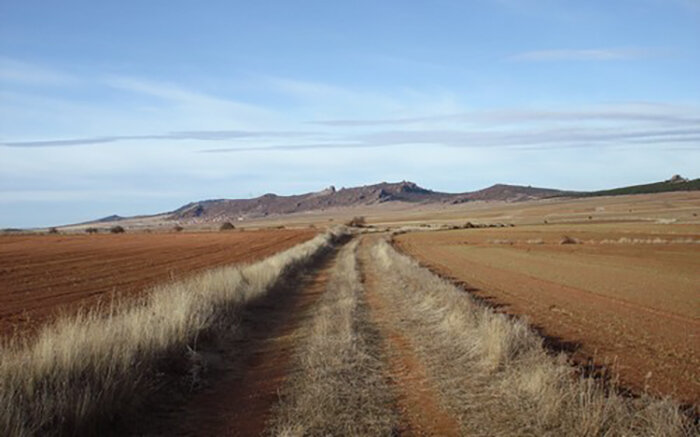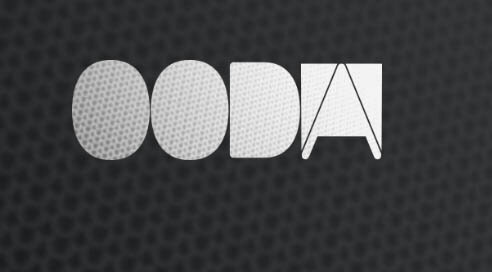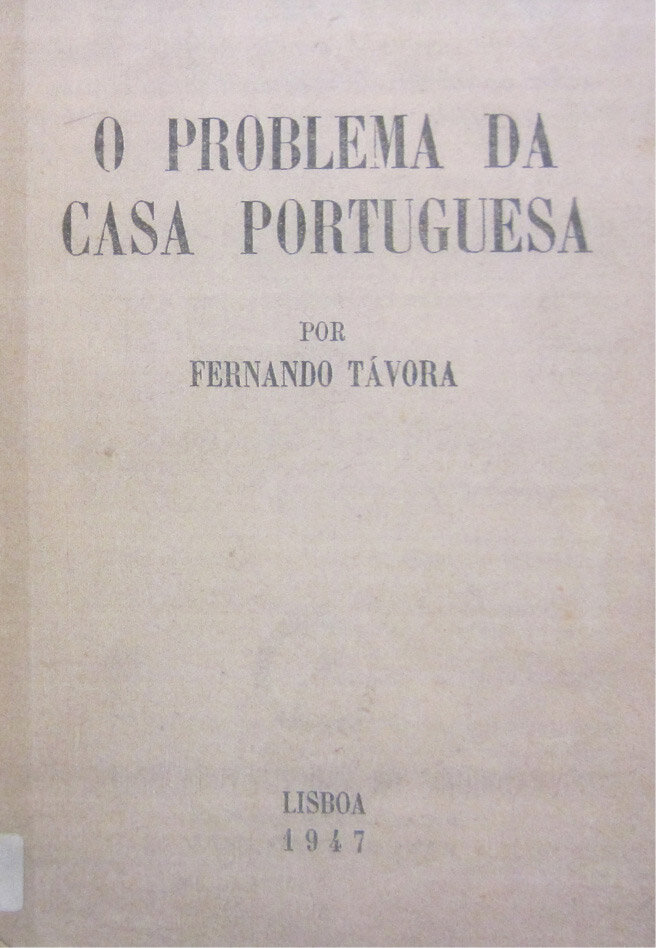“Different Ways to be: a History of the Future of OODA”
forthcoming essay, 2021
Fig. 1 photograph from the image montage Iberia, Augusto Alves da Silva, 2009
Fig. 2 Fernando Távora, “The Problem of the Portuguese House,” 1947
Fig. 3 OODA logo (http://ooda.eu)
Below is the beginning of my essay “Different Ways to be: a History of the Future of OODA,” soon to be published in OODA 10-years Book (working title for the Oporto-based, Portuguese architects), João Paulo Rapagão (ed.), with contributions by Pedro Gadanho, Fernando Serapião, and Ashley Simone, Actar, 2021
“Architectural forms emerge from the conditions imposed upon a material, by the function it has to perform, and also from a spirit that acts upon the material…Today’s homes need to be born from us, meaning that they will have to represent our current necessities—resulting from the conditions and circumstances under which we live in our current space and time. Therefore, the problem requires real and contemporary solutions that will guide us towards results different from those achieved so far in Portuguese Architecture….It will be impossible for the men of today to see the complete result of their efforts; however, great works and great realities do not belong to individuals, but to communities made up not only by those present but also by those still to come, and with that spirit, we will be happy to know that future generations will achieve the solutions for which we dream…”[1]
Fernando Távora,
“The Problem of the Portuguese House” (1947)
Grey and white lenticular clouds streak a blue sky while effortlessly floating above a landmass that reaches toward them in a still fromIberia(2009), a film that is the work of Portuguese artist Augusto Alves da Silva.(Fig.1)Below the clouds and mountains, three strips of desert grass—the middle one worn down by vehicles carrying travelers—bend, turn, and disappear in search of a horizon that will only retreat while pursuit by the film camera continues across the landscape, recording discoveries along the way. The film was first exhibited at the Serralves Foundation in Porto during 2010, the year Diogo Brito and Rodrigo Vilas-Boas founded OODA in the same city. They would later be joined by João Jesus, Julião Pinto Leite, and Francisco Lencastre. Albeit a collection of images the artist captured in Spain, on a journey from the Mediterranean to the Cantabrian Sea, viewing the film in the context of contemplating the cultural trajectory from which the OODA collective has emerged conjured an image of Fernando Távora sending his students out across mid-century Portugal to make a record of the country’s vernacular architecture. The necessity of the record, which culminated in the 1961 publicationSurveys on Portuguese Vernacular Architecture,[2]had been announced by Távora in 1947 with the appearance of “The Problem of the Portuguese House.”(Fig. 2)This essay envisioned dramatic change for the future of the country’s built environment, ultimately commencing a new trajectory for Portuguese architecture. The collective “dream” announced by Távora located optimism and faith in “future generations,” which undoubtedly has been met by the famed Álvaro Siza Vieira and Eduardo Souto de Moura, as well as a generation of architects that has emerged over the last decade and continues to evolve the discipline of architecture within Portugal, and beyond its borders. Among those of this most recent generation is OODA. Their vision for the continued evolution of architectural praxis—within Portugal and on the international scene—demonstrates an acute awareness of architecture’s complexities. Beyond this, the firm possesses a commitment to a cosmopolitan manner of practice that seeks exchange of means, methods, and ideas through the understanding of place, translation of social, political, cultural, and tectonic conditions, and the cultivation of relationships.
[1] Fernando Távora, “The Problem of the Portuguese House,” trans. Bárbara Miglietti (Porto, 1947).
[2] Sindicato Nacional dos Arquitectos, Arquitectura popular em Portugal (Surveys on Portuguese Vernacular Architecture) (Lisbon, 1961).


